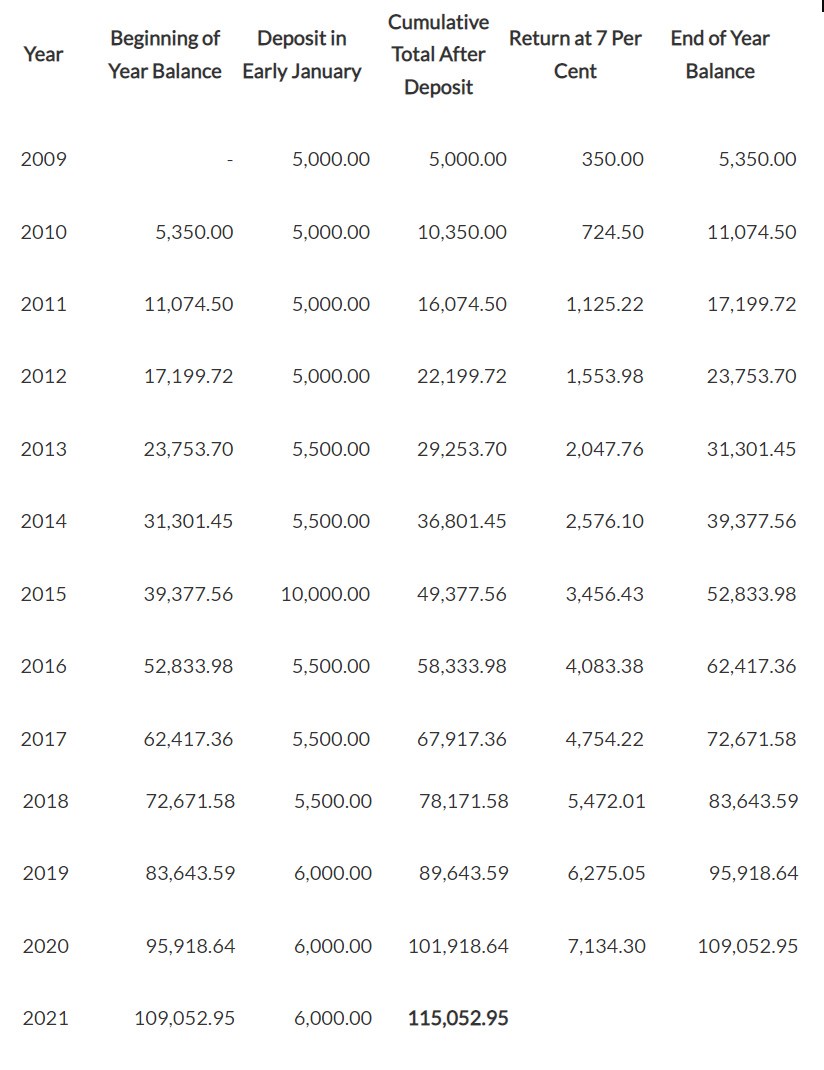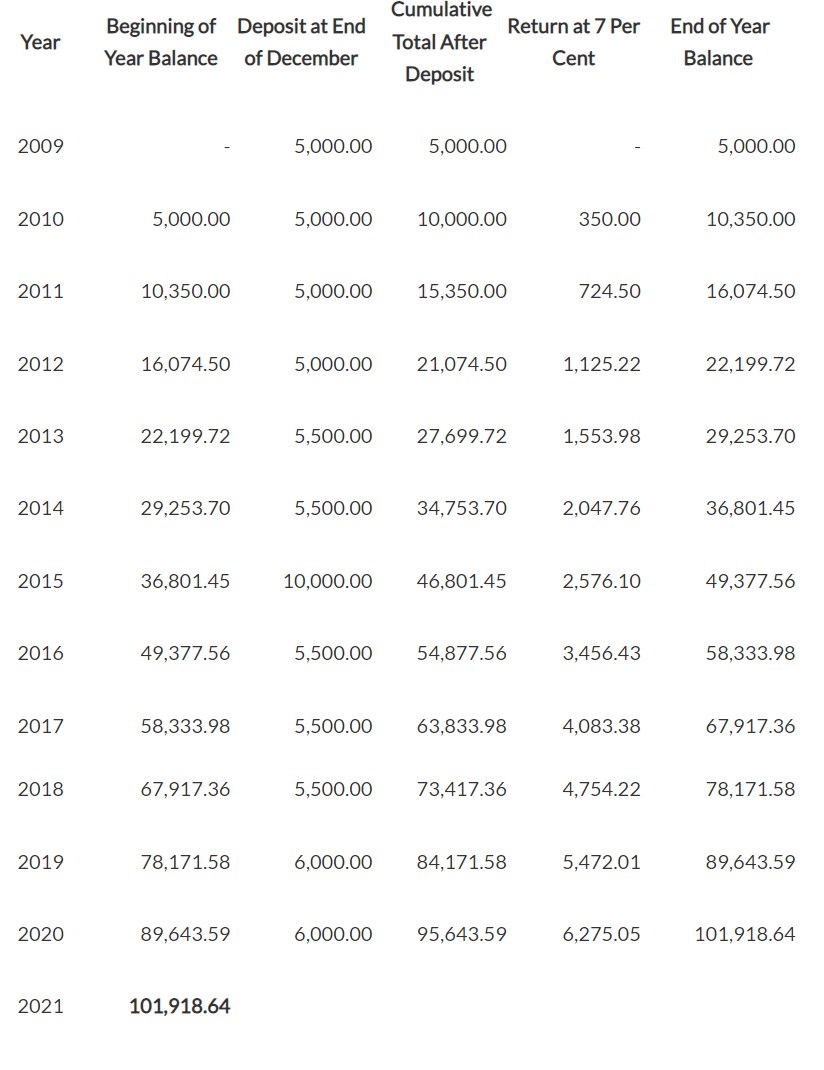Last week, we mentioned the TFSA contribution limit for 2021 has been maintained at $6,000. We also highlighted that you should first know your limit before you contribute, if you have not maximized contributions every year or if you have pulled funds out of your TFSA.
Contributing early on, say in January, isn’t always easy. Holiday bill payments, instalment payments, debt payments, and regular bills are all competing against your hard-earned dollars.
Below are a few tips I’ve learned over the years that have helped people contribute early. Every person’s situation is unique, and the right strategy involves a discussion with your Portfolio Manager.
1) If you have extra money in either a savings or chequing bank account then transferring funds or writing a cheque is the simplest strategy. If you want to contribute early, you could send your Portfolio Manager a cheque early in January. When we are meeting with clients in the last quarter of the year, we have a conversation with respect to whether they have funds that they wish to deposit to their TFSA.
2) For all clients who have a non-registered investment account, it is possible to transfer cash, or securities in-kind, from the non-registered account into their TFSA. A Portfolio Manager is not permitted to transfer funds between accounts without obtaining the client’s permission. For example, if a client owned common shares in her non-registered account, we could move $6,000 in market value of those shares in-kind to her TFSA. Care should be taken prior to executing an in-kind transfer to ensure you understand the tax consequences. If a security has a large unrealized gain, the proportionate part of the gain would be realized when the shares are transferred into the TFSA. On the flip side, if you have a large unrealized loss, the loss would be denied under the superficial loss rules if transferred from a non-registered account to a TFSA. It is always possible to sell some of the investments in the non-registered investment account and transfer cash if no good in-kind options exist. The benefit of this strategy is the client does not have to send us funds from their bank accounts.
3) If you’re already at the age where you’re withdrawing funds from a RRIF, then it may make sense to do the withdrawal early in the year, versus waiting until the end of the year. Before the TFSA, if clients did not need the RRIF withdrawal elected amount, it was typically advised to defer the RRIF payment until later in the year. Growth in a TFSA is better than growth in a RRIF. Any growth in a RRIF is fully taxed when the funds are withdrawn. Any growth in a TFSA is not taxed. If your RRIF payment is greater than $6,000 then consider taking a partial payment early in the year to fund the TFSA.
4) Budget the funding of a TFSA a year ahead of time as if it were an annual expense. If every month in the previous year you had put aside $500 for TFSA savings, you would take the pressure off of coming up with the money all at once. Forced savings is one of the most important strategies for accumulating wealth. Savings become more manageable when you “force save” on a monthly basis.
5) Canada Revenue Agency (CRA) permits other family members, including your spouse, to give you funds without the attribution rules kicking in. If you are considering gifting funds to younger generations, then suggesting that they use these funds for a TFSA contribution early in the year might be a great strategy for tax efficient investing as a family.
6) Investment loans are another way to fund a TFSA. The interest is not deductible, and this strategy has a higher degree of risk. Understanding the risks of leverage when investing should be fully understood before considering this strategy.
Illustrating the benefits of early contributions
Let’s look at two different scenarios, with both investors earning a seven per cent rate of return. The first investor, Joanne, deposits her TFSA contribution in early January every year. Joanne would now have $115,052.95 currently in her TFSA as illustrated below.

The second investor, William, deposits his TSFA contribution at the end of December every year. William would now have $101,918.64 currently in his TFSA as illustrated below.

As every year goes on, Joanne will naturally accumulate a greater balance as her funds are invested for a slightly longer time frame than William’s. Next week, we will provide a further tip on how you can maximize the amount that can compound into your TFSA.
Kevin Greenard CPA CA FMA CFP CIM is a Portfolio Manager and Director, Wealth Management with The Greenard Group at Scotia Wealth Management in Victoria. His column appears every week at timescolonist.com. Call 250-389-2138, email [email protected], or visit greenardgroup.com.



